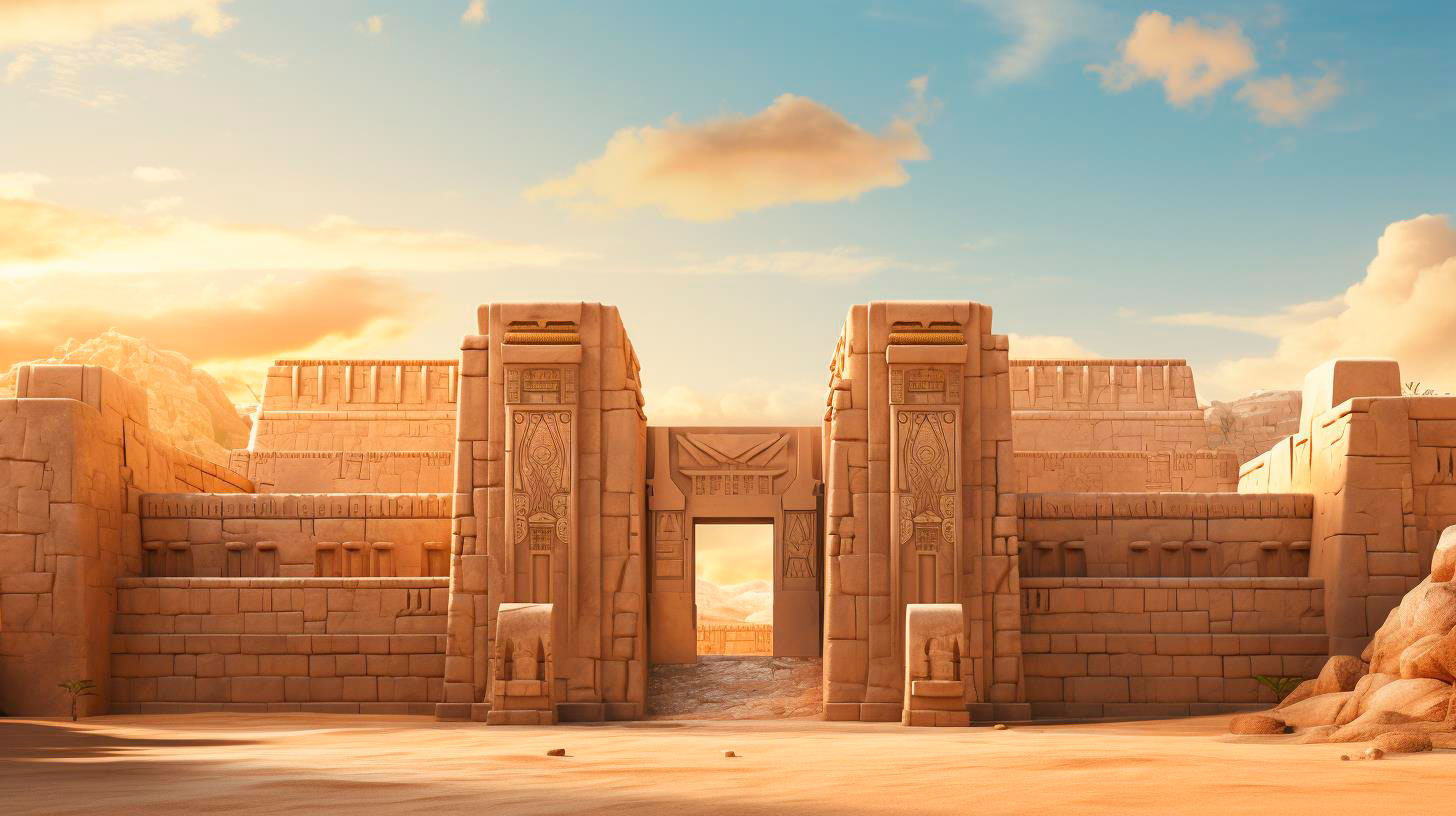In this blog article, we will explore the ways in which photography has revolutionized the study of geography and enriched the learning experience. From virtual tours to interactive maps, let’s dive into the exciting world where photography meets geography.
Visualizing the World
Through photography, students are able to visually explore different regions of the world, even if they cannot physically be there. High-resolution images, satellite imagery, and aerial photography provide an in-depth look at landscapes, cultures, and urban development. This visual representation brings geography to life and helps students develop a deeper understanding of the world they live in.
- Visual representation enhances comprehension and retention of geographical concepts.
- Students can explore remote and inaccessible areas through photography, fostering a sense of awe and curiosity.
- Photography encourages critical thinking and analysis of geographical features and their significance.
Engaging Geography Lessons
Gone are the days of staring at static maps in textbooks. Photography has transformed geography lessons into immersive experiences, captivating students and sparking their interest in the subject. When integrated into lesson plans, photography enables teachers to create interactive and engaging activities that delve into real-world issues. By analyzing photographs, students can study the impact of human activities on the environment, observe changes over time, and gain insights into diverse cultures and traditions.
- Photography-based activities promote student engagement and participation.
- Students develop observation skills and learn to interpret visual information effectively.
- Photography sparks discussions and debates around environmental and social issues.
Virtual Field Trips
Traditional field trips can be logistically challenging and costly. However, photography has overcome these limitations by offering virtual field trips that transport students to various locations around the globe. With just a few clicks, students can explore natural wonders, historic sites, and urban landscapes, all from the comfort of their classrooms. This virtual experience, combined with informational texts and interactive elements, allows students to experience different geographic regions in a compelling and educational manner.
- Virtual field trips offer accessibility and inclusivity, ensuring all students can participate.
- Students can engage in self-guided exploration and discovery, fostering independence and curiosity.
- Photography-based virtual field trips enhance students’ cultural awareness and global perspectives.
Capturing Local Perspectives
Photography not only enables students to explore different parts of the world but also encourages them to capture and share their own perspectives. Through photography projects, students can document their local environment, culture, and community, shedding light on the unique aspects of their daily lives. This process not only develops their artistic skills but also cultivates a connection and appreciation for their own geographical surroundings.
- Photography projects empower students by giving them a platform to share their stories and experiences.
- Students learn to value diversity and gain a sense of pride in their local communities.
- Photography fosters creativity, allowing students to express themselves in a visual and engaging way.
In conclusion,
Photography has revolutionized geography education by providing students with powerful visual tools for exploration and understanding. From visualizing the world to engaging geography lessons, virtual field trips, and capturing local perspectives, photography offers endless possibilities for enriching the learning experience. As technology continues to advance, we can only expect photography to play an even greater role in shaping geography education and inspiring the geographers of tomorrow.




















+ There are no comments
Add yours